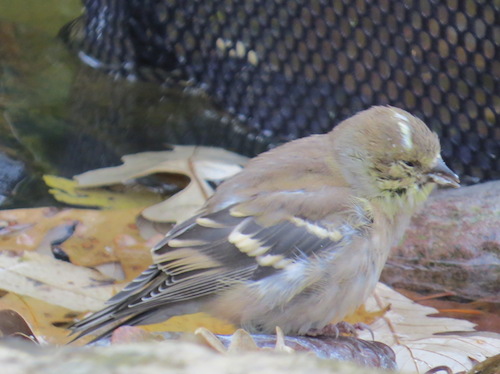-
Easiest Way to Add Calcium to Meal Worms
Sure you can save your egg shells, then you can sterilize the egg shells, then you can crush the egg shells and them to bird food, suet or mealworms. Or you can save a ton of time and shake-shake calcium powder right into meal worms just prior to feeding.
Some birds will actually eat the shells straight-up when sprinkled on a deck rail or on the ground below bird feeders. And some adult birds are known to eat their hatchlings’ shells as a means of keeping the nest clean and gaining calcium.
Why add calcium to meal worms?
So you’re trying/or have finally attracted bluebirds to you yard, Maybe you’re lucky enough have them stick around all year? Feeding lots of mealworms is calcium-depleting because they’re so high in protein. Similar to a sugar overdose for kids, too many worms can be too much of a good thing for bluebirds and others. We’re guilty on this charge!Babies need strong bones to form properly, it’s critical for first flight. Lack of calcium (via parents feeding a disproportionate amount worms vs. natural food like insects or berries) can contribute to deformities. In breeding females, lack of calcium may cause her eggs to form with thin or weak shells. This makes passing the soft eggs difficult and exhausting- sometimes even fatal. Called egg bonding, it can also happen in nature to birds who’ve never eaten from mealworm feeders.
What’s the easiest way to add calcium?
A simple “shake-shake” from a spice jar does it! Calcium carbonate is a powder supplement readily available at most health food stores and online. Fairly inexpensive, one pound will likely last for a few years. Save one of your spice bottles and clean thoroughly.Fill the jar with powder and store the bag for future use. Two shakes into the worms and toss gently to lightly coat/dust the worms. That’s all there is to ensuring your bluebirds are getting enough calcium!
-
Did Ya Hang Your Hummingbird Feeders Yet?
It’s definitely time as the sprites are making their way north!
The key to attracting migratory birds like hummingbirds and orioles is to be ready prior to their arrival. Even when trying to get resident birds (like bluebirds) to nest, houses should be ready while scouts are claiming territory.
So by the looks and dates of the migration map, hummingbird feeders should be up and filled now to welcome Ruby Throated friends. It’s a long journey for the little guys and natural food sources are still scarce as snow flies across much of the mid-west and northeast US.
Whether the weather decides to cooperate or not… birds will make their way and nature will take her course, some years migration is easier than others. The very same day we spotted our first hummingbird in GA, American goldfinches’ first molt was completed. Overnight, these birds turned bright yellow with summer (or breeding) plumage.
Hand-Held Hummingbird Feeders
It’s the new craze that provides big thrills. Getting so close to such a tiny and amazing creature and just feeling them on your hand gives off a dose of adrenaline! How to explain that? We can’t- but you’ll see countless videos of folks using Nectar Dots, Whimsy Wands, Hummer Rings and other hand held feeders to experience the thrill.
Reactions are priceless, and videos go viral.
To perch or not to perch?
It’s likely a matter of preference and what style feeder’s best for you to maintain. We prefer perches as hummingbirds can rest while feeding thus conserving energy. But in nature most flowers which hummingbirds feast upon… don’t have perches!Folks always ask “What’s the best feeder?” or “What’s the best bird bath?” Simply put, the best of anything is the one that you will maintain. But we would suggest ceramic or glass hummingbird feeders in a saucer style that won’t leak or drip.
Make this the year to make your own nectar
It’s SO EASY! The ratio is always 1:4, pure cane sugar to water. No need to boil water but 1 part water will dissolve sugar quickly and effectively. Add 3 parts cold water and eliminate cooling time. Economical, simple and best for bird’s health too!Happy Birding and may spring head your way soon!
-
Finch Bird Feeder Disaster
Without fail buds are blooming and bulbs spring forth from the ground… in February. Likewise without fail, the Atlanta area will experience another cold snap, snow or an ice storm before spring decides she’s here for the duration. The rain’s been fairly continuous for about three weeks, yesterday was a balmy 80 degrees!
Warm, wet weather spells disaster for bird feeders, especially finch bird feeders. It’s not that humidity affects thistle seed any differently from other seed mixes- it’s the unnatural and exaggerated number of birds feeding from the finch feeders.
Local populations of goldfinches, pine siskins and house finches are huge around this time of year. Combined with wet or moldy seed means disease can be spread rapidly, with the feeder itself or ground waste below as the main culprit.
Mold creates airborne disease which is usually fatal to birds. A form of strep, the most common way it’s passed is via the feeder. Telltale signs of infected birds are swollen eyes, lethargy (they allow you to get very close) and ruffled or unkept feathers.
The infected finch below will likely fall prey to predators or starve to death as total blindness sets in. It’s the best excuse for keeping bird feeders clean and the area below them raked free of hulls or waste. We attract birds to our gardens simply because we enjoy their beauty, song and grace… sick birds are anything but 🙁
It’s advised to take all bird feeders down and disinfect with a 10% bleach solution. Clean the ground below feeders well. Wait 2 to 3 weeks until the local thistle-eating population has subsided before hanging feeders again. This is a tough chore, both physically (and mentally for some of us bird nuts). So it’s best to avoid and practice good hygiene when enticing birds to your place! Humans do feathered friends no favors at all by causing disease or allowing it to spread.

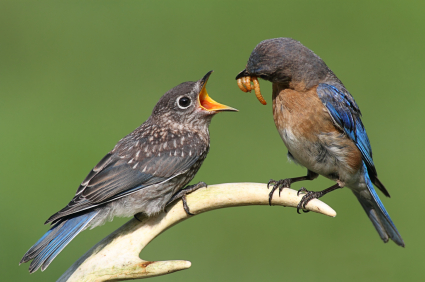
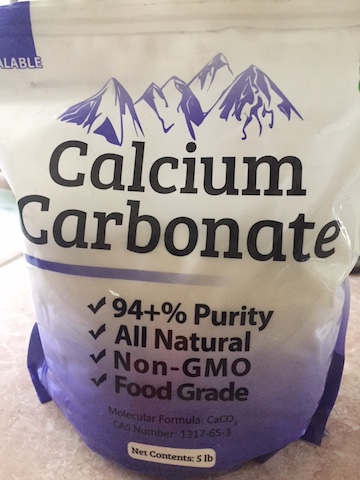
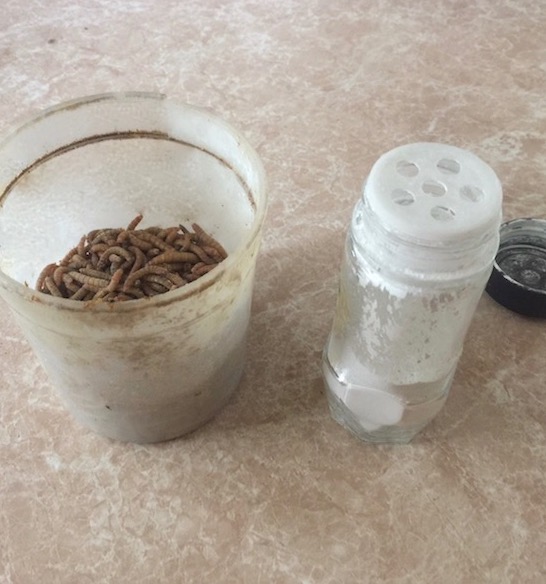
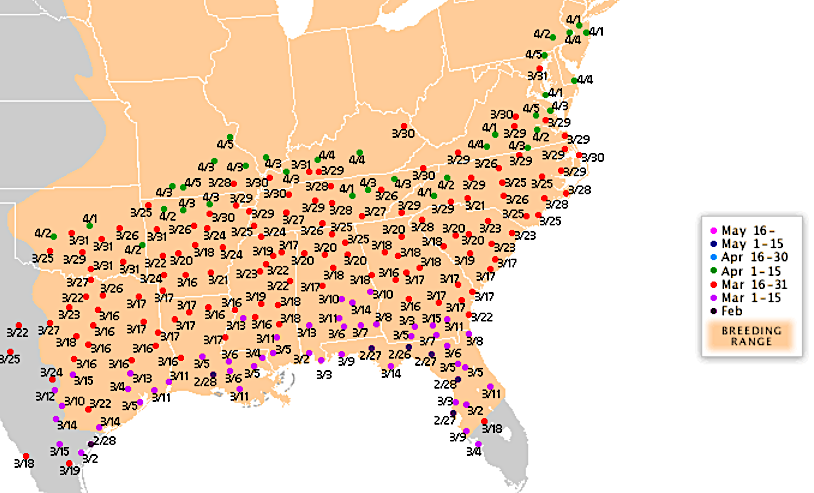
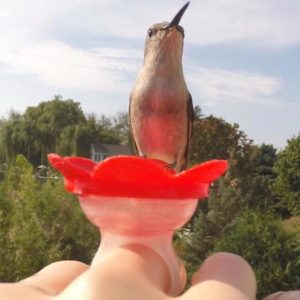
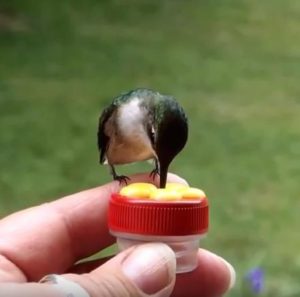
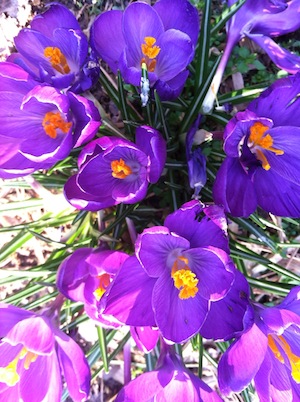 Without fail buds are blooming and bulbs spring forth from the ground… in February. Likewise without fail, the Atlanta area will experience another cold snap, snow or an ice storm before spring decides she’s here for the duration. The rain’s been fairly continuous for about three weeks, yesterday was a balmy 80 degrees!
Without fail buds are blooming and bulbs spring forth from the ground… in February. Likewise without fail, the Atlanta area will experience another cold snap, snow or an ice storm before spring decides she’s here for the duration. The rain’s been fairly continuous for about three weeks, yesterday was a balmy 80 degrees!
